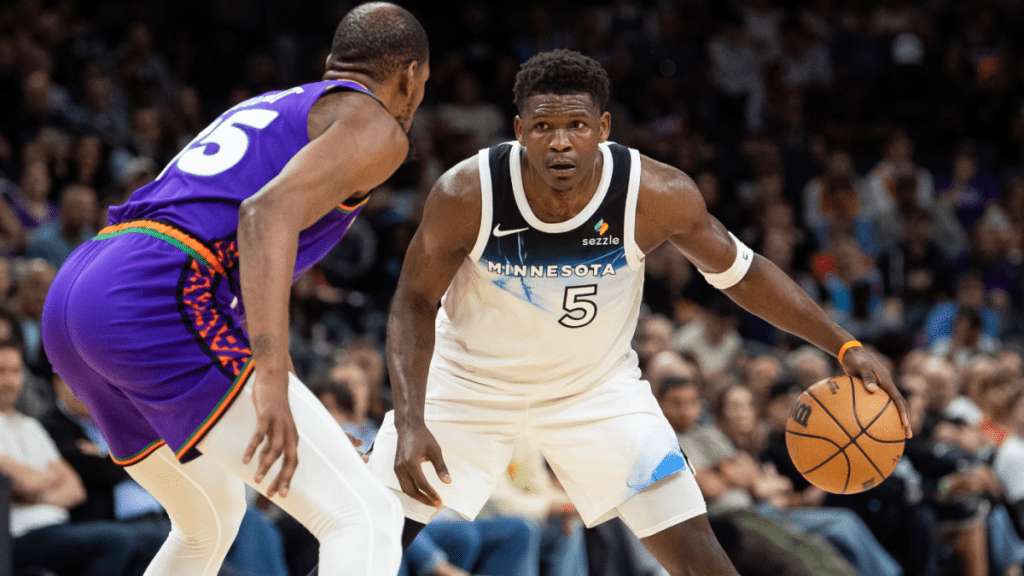As the Minnesota Timberwolves approach the 2025 offseason after yet another defeat in the Western Conference finals, there are two main perspectives to consider.
Recent Success
The Timberwolves have reached the Western Conference finals in consecutive seasons. Only the Golden State Warriors have achieved a similar feat in the past decade, and this success is largely attributed to the young star, Anthony Edwards, who is only 23 years old. Surrounding him are other young talents like Jaden McDaniels, Naz Reid, and Nickeil Alexander-Walker, all under 26. Additionally, promising prospects like Jaylen Clark, Terrence Shannon, and Rob Dillingham are between the ages of 20 and 24. This youthful roster positions the Timberwolves as one of the most promising teams in the Western Conference, ensuring they remain competitive in the years to come.
Challenges Ahead
However, the team that made it to the 2024 finals weakened significantly after trading Karl-Anthony Towns. The Timberwolves only managed to reach the 2025 finals due to a favorable bracket, defeating an injury-stricken Lakers team and a Warriors team lacking Stephen Curry. Once they faced a true contender like the Oklahoma City Thunder, they were swiftly eliminated. Despite having a youthful roster, there’s concern about veteran players like Mike Conley, at 37, and Rudy Gobert, who is 32 and showing signs of decline. The Timberwolves may have peaked as a competitive squad.
The Thunder Factor
Complicating matters is the emergence of the Oklahoma City Thunder, whose recent performance indicates they are a formidable force in the league. The Timberwolves, as currently constructed, lack the ability to compete against the Thunder. Unlike Minnesota, the Thunder don’t face a divide between experienced and younger players; everyone on their roster is likely to improve. With an abundance of draft picks and no immediate financial strains, Oklahoma City poses a significant challenge for the Timberwolves moving forward.
Financial Considerations
The Timberwolves find themselves in a tight financial spot, with guaranteed contracts totaling $150.1 million for 12 players next season. This total doesn’t even account for player options or the unrestricted free agency of Alexander-Walker. With the projected salary cap set at $207.8 million, they face a challenging scenario to retain key players while remaining competitive. The team’s decision to trade Towns was aimed at increasing financial flexibility, which now seems critical to maintain their core players.
Future Directions
Given the uncertain financial landscape, some roster changes are anticipated. While they’d prefer to keep the core intact, any adjustments will likely involve a trade of either young players like Reid or Alexander-Walker or older veterans like Conley. The likelihood of retaining all eight key players remains low, and a less competitive team next season could further hinder their chances against strong opponents.
Potential Risks and Rewards
With limited draft capital, the Timberwolves may struggle to acquire major talent unless they take risks. They’ve been linked to high-profile players like Kevin Durant, but the feasibility of such trades remains questionable. If they pursue Durant, who is nearing the end of his peak, it may not align with their long-term goals. Alternatively, trading Gobert and not committing to Randle could offer financial flexibility while potentially developing their younger players for future endeavors.
Ultimately, the Timberwolves stand at a crossroads. They will either need to make bold moves to enhance their immediate competitiveness or adjust their strategy to better align with their growing young core. These decisions will significantly impact their ability to contend in the evolving landscape of the Western Conference.



